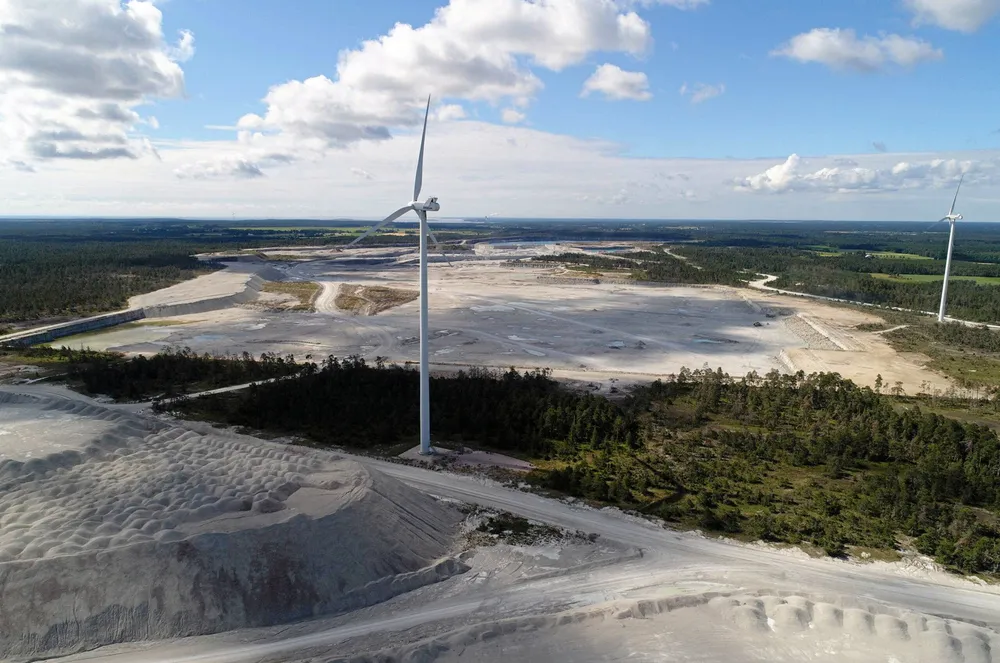Swedish developer aims to use power from two of world's largest offshore wind projects to produce green hydrogen for e-fuels
E-fuel produced on Swedish island of Gotland would be used by limestone products maker Nordkalk, which would also supply the captured CO2
